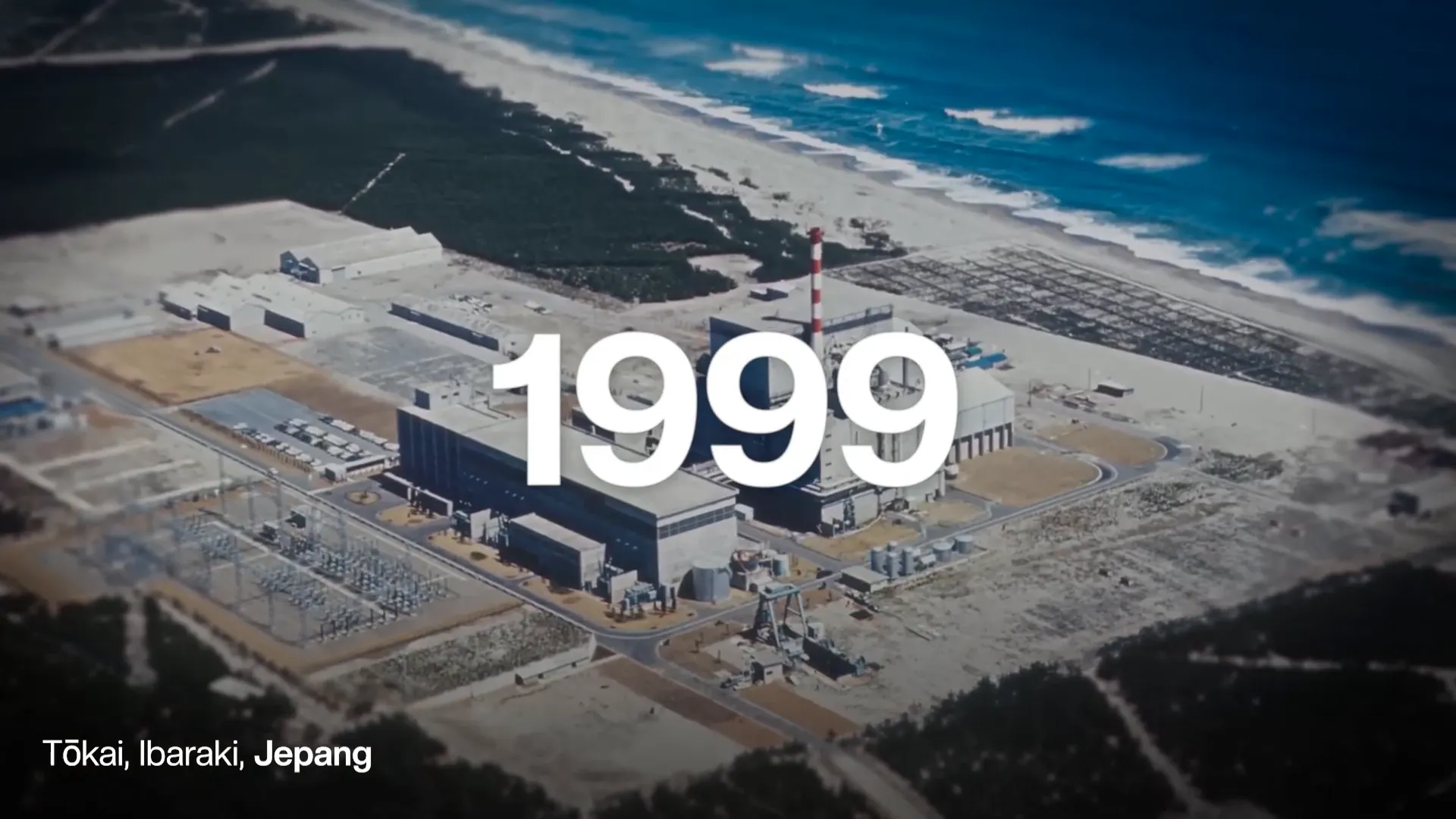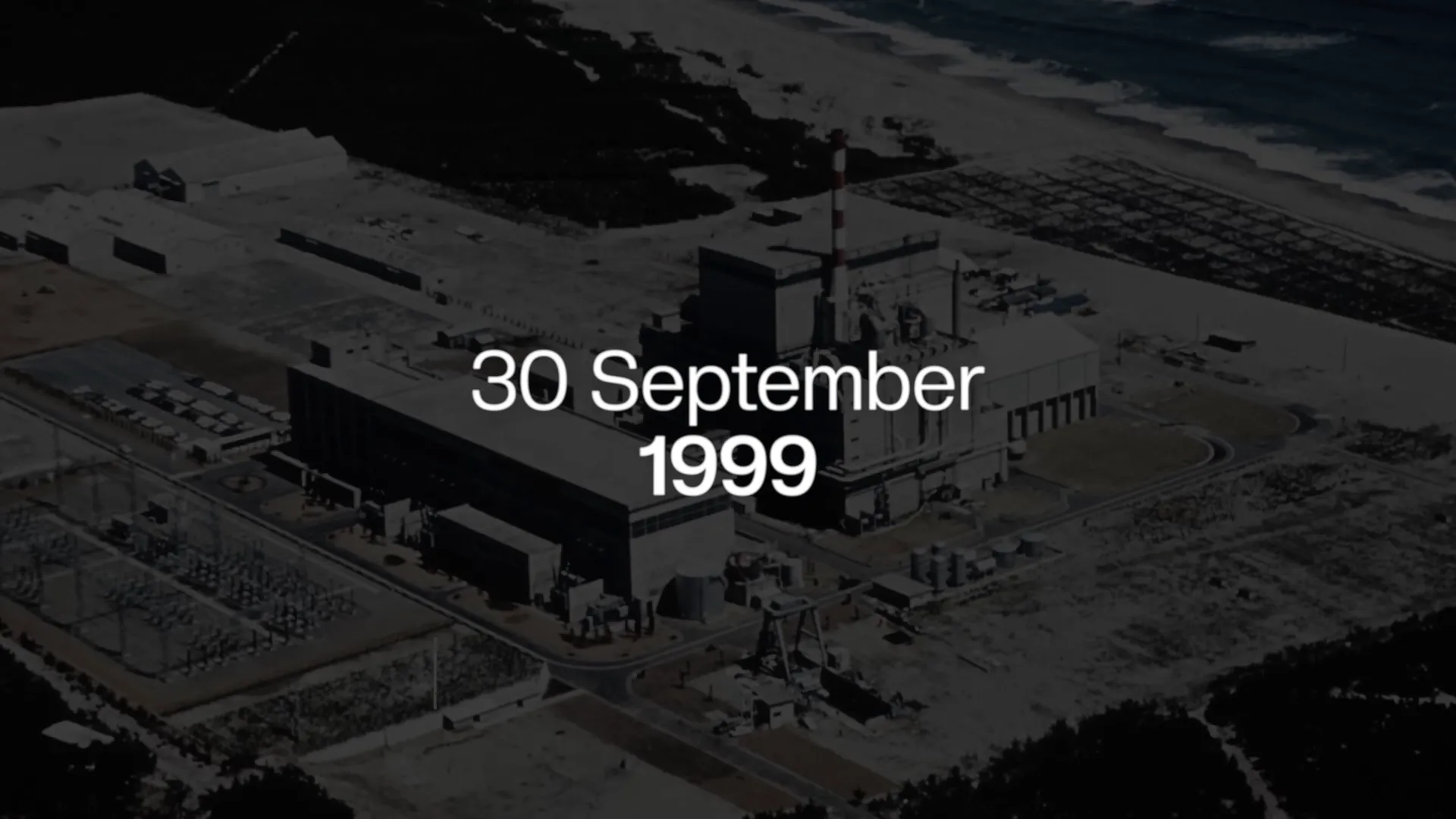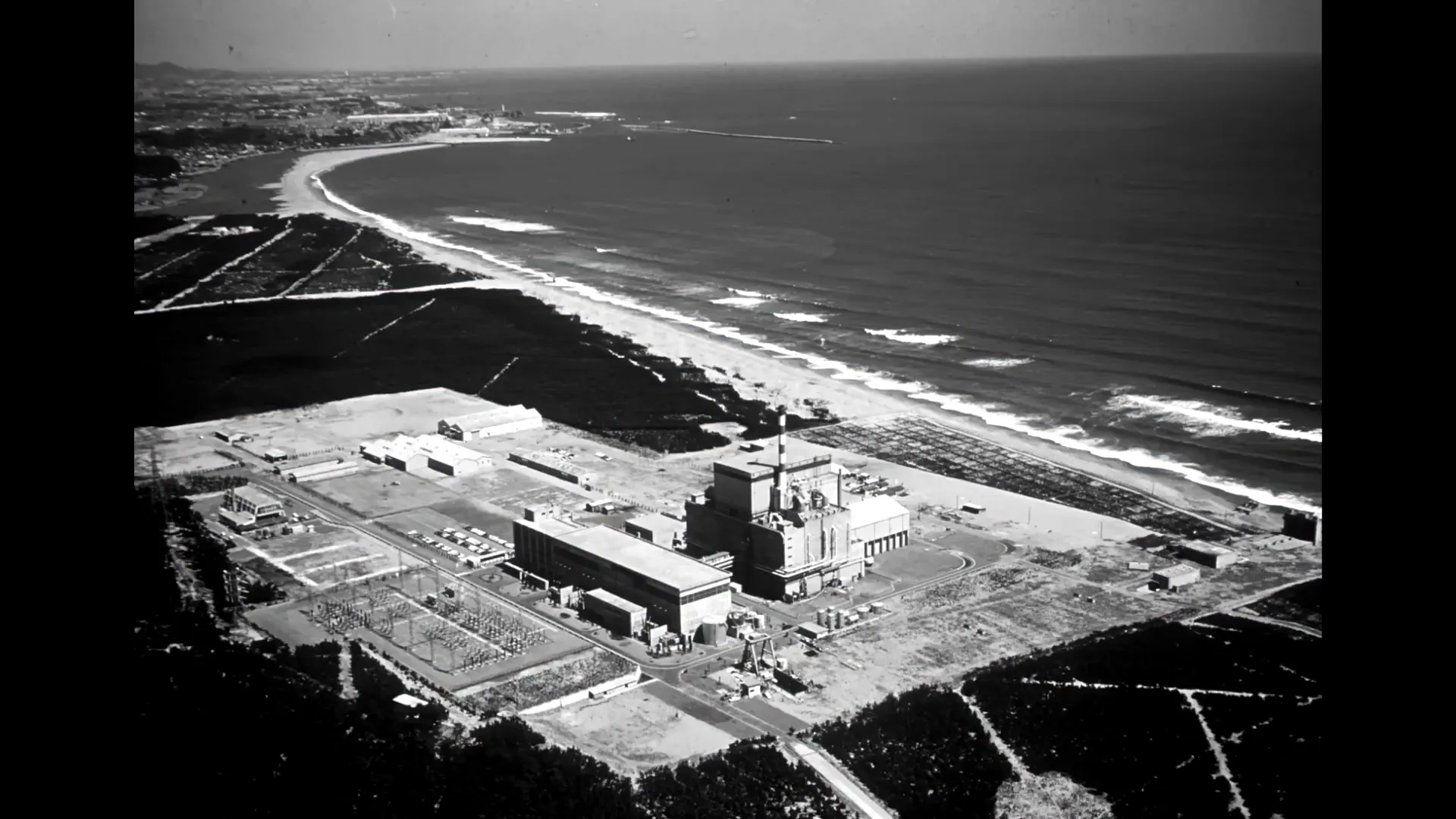Among the many terrifying events in the world, nuclear radiation accidents stand out as some of the most horrifying. In 1999, three workers at a nuclear fuel processing center in Japan faced an unimaginable disaster. They received extremely high doses of nuclear radiation, and one of them lived through a hellish ordeal before passing away 83 days later. This is the story of Hisashi Ouchi and the Tokaimura accident, a tale that many have requested to hear.
The Setting: Tokaimura, Japan
The incident took place on September 30, 1999, in Tokaimura, Japan. By that time, Japan already had several nuclear reactors providing approximately one-third of its electricity. To supply fuel for these reactors, various facilities across Japan were designated for processing nuclear materials. One such facility was the Japan Nuclear Fuel Conversion Company (JCO). JCO's task was to convert raw uranium into a usable form for nuclear reactors.
They transformed uranium from different forms, such as converting uranium hexafluoride into uranium oxide, which could be directly employed in nuclear reactors. Additionally, they also converted uranium oxide into uranyl nitrate for research and development of new reactor types in Japan. The uranium processed by JCO had an initial concentration of Uranium-235 at around 18.8%. This is a high concentration, making it susceptible to critical nuclear reactions, meaning careful handling was crucial.

The Mismanagement of Procedures
Despite the inherent risks, the handling procedures at JCO became dangerously lax. In 1997, JCO modified the standard operating procedures (SOPs) without government approval to increase production efficiency. This modification led to a culture of carelessness among the workers, who began to disregard safety protocols for the sake of meeting production targets. The government had established strict SOPs to ensure both the safety of the uranium and the workers handling it, but these were increasingly ignored.
By deviating from established safety protocols, the workers were not just putting themselves at risk; they were also jeopardizing the entire facility. The handling of uranium, particularly Uranium-235 with such a high concentration, had to be conducted with extreme caution to prevent critical reactions. The potential for massive radioactive releases was significant, and the accident at JCO was a tragic reminder of this fact.
The Day of the Accident
On that fateful day, three workers—Hisashi Ouchi, Masato Shinohara, and their supervisor Yutaka Yokokawa—were engaged in a routine uranium processing operation. However, they took shortcuts that would lead to catastrophic consequences. The original procedure required the uranium to be added to a tank in a controlled manner, but instead, they poured it directly from stainless steel buckets into the mixing tank, skipping critical steps.

By pouring 16.6 kg of uranium into the tank—far exceeding the 2.4 kg limit—they inadvertently initiated a critical nuclear reaction. This reaction released an immense amount of gamma radiation and neutrons, creating a situation that was perilous for everyone in the vicinity. The alarm system activated, but it was too late; the damage had been done.
The Aftermath: Suffering and Consequences
As a result of the accident, Ouchi, Shinohara, and Yokokawa were exposed to lethal doses of radiation. Ouchi received a staggering dose of 18 sieverts, a level of exposure that is unprecedented in human history. The fallout from this exposure was catastrophic: Ouchi suffered severe burns and internal organ damage, and he was left with virtually no immune system.
Despite the immediate medical response, which included transporting the workers to the hospital, the prognosis for Ouchi was grim. He began to suffer from acute radiation syndrome, displaying symptoms such as nausea, vomiting, and disorientation. His condition rapidly deteriorated, and he was placed in a specialized radiation ward, where doctors struggled to keep him alive.
Hisashi Ouchi's Battle for Survival
Ouchi's treatment was marked by tragedy. He underwent numerous blood transfusions and skin grafts, but his body continued to break down. The absence of healthy DNA in his cells meant that he could not heal properly. His skin peeled off, and he experienced extreme pain, often begging the medical staff to let him die. Yet, under the insistence of his family, the doctors continued their efforts to save him.
After several days, a glimmer of hope appeared when Ouchi received a stem cell transplant from his sister. Initially, his white blood cell count increased, but this improvement was short-lived. The transplanted cells were soon found to be irreparably damaged by the radiation he had absorbed, leading to severe autoimmune responses. His condition continued to worsen, and he was subjected to an unending series of painful procedures.
A Tragic End
On December 21, 1999, after 83 days of suffering, Hisashi Ouchi succumbed to multiple organ failure. His tragic story had captured public attention, and it raised numerous ethical questions about the treatment he received during his final days. Ouchi's case is often cited as an example of the dangers of radiation exposure and the importance of strict adherence to safety protocols in nuclear operations.

The Broader Impact of the Tokaimura Accident
The Tokaimura accident prompted significant regulatory changes within Japan's nuclear industry. Investigations revealed that the accident was a direct result of negligence, lack of oversight, and a poor safety culture at JCO. In the aftermath, several employees, including the company's president, were prosecuted for their roles in the disaster.
The incident led to stricter regulations and enhanced safety protocols across the nuclear industry in Japan. It served as a sobering reminder of the catastrophic potential of human error in environments where safety is paramount. The lessons learned from Tokaimura continue to resonate in the nuclear energy sector today.
In conclusion, the tragic story of Hisashi Ouchi and the Tokaimura accident underscores the need for rigorous safety standards and a culture of responsibility in the handling of hazardous materials. It is a stark reminder of the consequences of neglecting safety protocols and the profound impact that human error can have on lives.